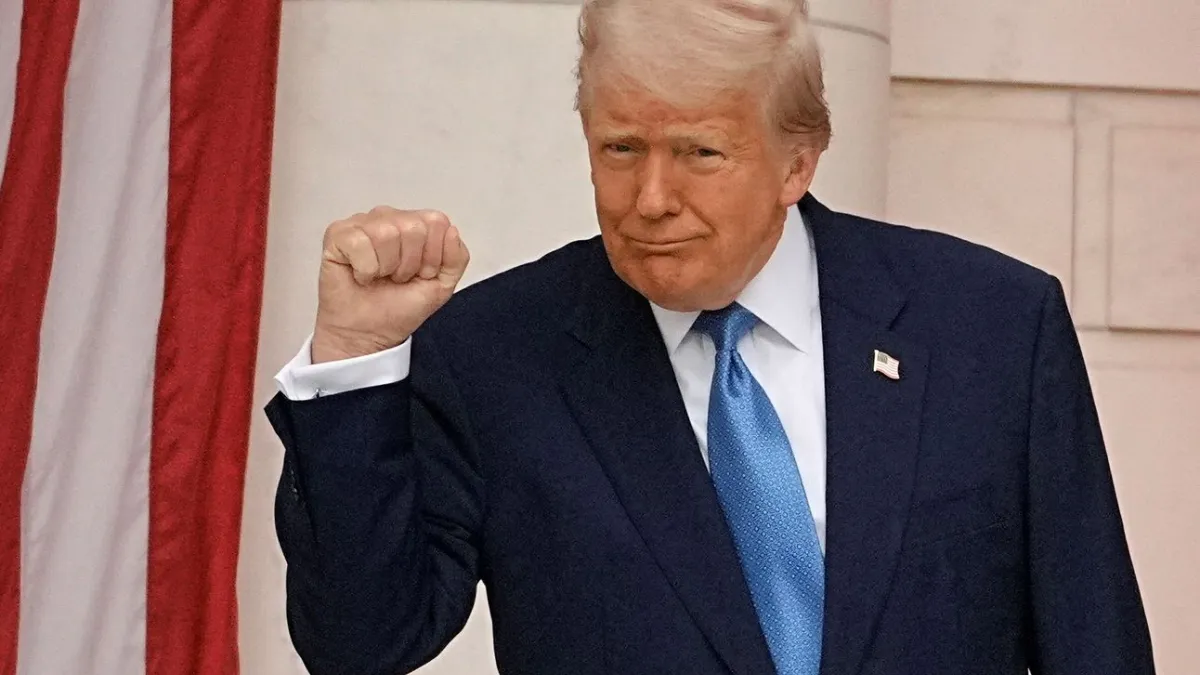
In a worrying sign that higher tariffs may be starting to ripple through the economy, consumer prices rose at a faster pace in June than a month earlier, the Department of Labor announced Tuesday.
The Consumer Price Index rose 0.3% in June, up from the 0.1% monthly rate recorded in May. Over the last year, the inflation rate rose to 2.7% in June, compared with the 2.4% annual rate recorded in May.
The faster pace was driven by rising prices for clothing, coffee, audio equipment, recreation goods, appliances and household furnishings, as well as a 0.9% increase in the price of energy.
The core CPI rate, which ignores volatile food and fuel prices to provide a stronger sense of the underlying trend, also rose in June, climbing from 0.1% to 0.2% on a monthly basis, and from 2.8% to 2.9% on an annual basis.
Trump sees no problem: President Trump embraced the report, saying the inflation numbers are no cause for concern while once again calling on the Federal Reserve to lower interest rates. “Consumer Prices LOW,” he wrote on his social media platform. “Bring down the Fed Rate, NOW!!!” Trump said the Fed should “cut Rates by 3 Points” to reduce the cost of federal debt payments.
White House Press Secretary Karoline Leavitt echoed the president’s comments, saying that, contrary to expert opinion, the June inflation numbers demonstrate that tariffs are not a threat. “The data proves that President Trump is stabilizing inflation and the Panicans continue to be wrong about tariffs raising prices,” she said, employing a word Trump has used to criticize “weak and stupid people” who are concerned about tariffs and inflation.
What the experts are saying: While economists always caution about drawing firm conclusions from a single data point, some interpreted the June inflation report as a fairly clear signal that tariffs are beginning to affect prices, as widely expected. “Tariff induced inflation can be directly observed by looking at the large price increases in furniture, appliances & apparel,” RSM Chief Economist Joseph Brusuelas wrote. “It’s exactly where one would expect to observe tariffs on Chinese imports.”
In a research note, Brusuelas said the data is consistent with an increase in the overall inflation rate to a range between 3% and 3.5% by the end of 2025. “Inflation has started a slow climb as signs of tariff-induced inflation are now evident within durable and nondurable imports,” he wrote.
Former Obama administration economic adviser Jason Furman largely agreed. "Overall as expected but the expectation was more inflation. And I expect even more inflation,” Furman wrote on X. “The timing of the tariff impact has been a bit slower than I might have thought but it is clearly coming through, firms burning off pre-tariff inventories, and more tariffs kicking in.”
Other analysts were more cautious, saying it’s too soon to make a call. “It’s really hard to point to this report or any details in the report and say, ‘Aha! See what’s happened to prices because of tariffs,’” Dan North, senior economist at Allianz Trade North America, told CNBC. “You get these pretty massive tariff increases. It’s bound to pass through to the consumers, and I still think it will, but it’s not in this report so far.”